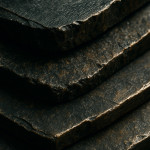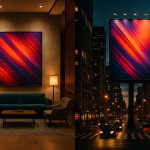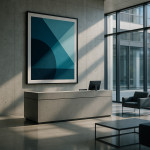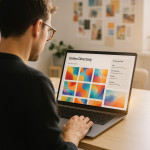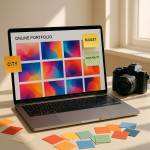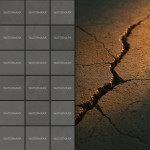Commissioning Abstract Photography for Brand Campaigns: Steps from Vision to Files
Abstract photography can make a brand instantly memorable, yet commissioning the right images feels opaque when you have deadlines and ROI targets. This guide walks you from the first spark of a concept to receiving final, ready-to-publish files. You will learn how to brief, budget, license and collaborate with abstract photographers so that your campaign launches on time with visuals that stop thumbs mid-scroll.
Why Abstract Photography Wins Attention
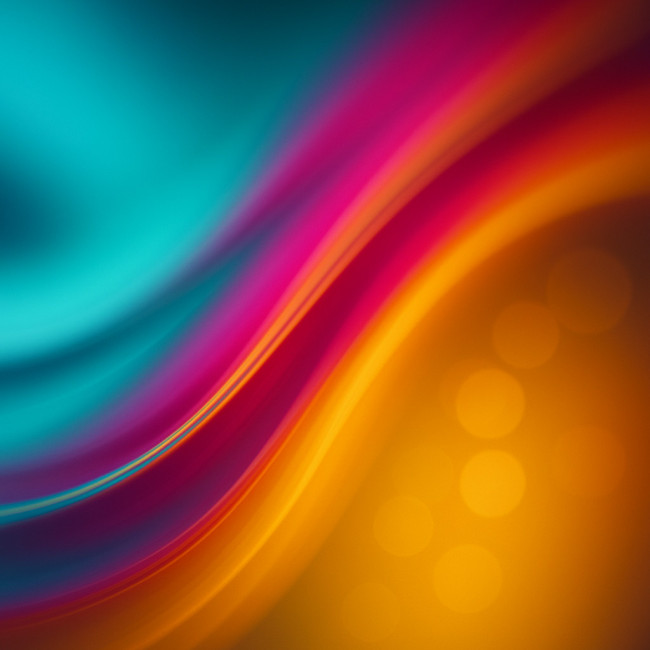
Humans process shape and colour faster than text. Abstract photography distils these elements, triggering emotion before logic. When you weave such visuals into ads, displays or social assets, viewers associate the feeling with your brand. Compared with literal product shots, abstract images boost ad recall by up to 28 % in multi-channel studies.
- Smooth cross-culture appeal: non-figurative images bypass language barriers.
- Evergreen usage: textures and patterns remain relevant longer than trend-driven lifestyle scenes.
- Licensing flexibility: abstract assets adapt to print, digital or large-format installations without creative fatigue.
Step 1 – Clarify Your Vision
Translate Feelings into Visual Cues
Start by pinning down the sensations you want customers to feel: calm, kinetic energy, luxury? Convert those feelings into concrete visual cues such as palette, line direction, or blur level. A dedicated mood-board workflow keeps your team aligned.
Set Measurable Objectives
Define success in KPIs: ad click-through rate uplift, dwell time in store windows, or email sign-ups. Concrete goals help photographers propose matching compositions and colour theory.
Step 2 – Shortlist Photographers
Search a curated directory of abstract photographers to filter by style, geography and budget. Look for:
- Series that show mastery of light rather than one-off luck.
- Consistent grade across portfolio—see how texture consistency influences recruiter decisions.
- Evidence of commercial projects: brand logos, usage mock-ups or case studies.
Interview Checklist
- Ask for RAW and moodboard from a past shoot to gauge process depth.
- Verify insurance and backup workflow, especially for location-based texture studies.
- Discuss licence scope early to avoid later renegotiations.
Step 3 – Build a Crystal-Clear Brief
A concise creative brief eliminates 80 % of revision loops. Compare essentials below.
| Brief Element | Why It Matters | Best-Practice Example |
|---|---|---|
| Core Emotion | Guides colour and form | “Effortless calm through muted gradients” |
| Usage Formats | Determines resolution & aspect ratio | 4×5 print, 1080×1920 reels, 6 m billboard |
| Brand Palette | Maintains identity | #95854c accents, 20 % desaturation |
| Deadlines | Aligns availability & post-production | Shoot week 32, finals week 35 |
| Deliverables | Avoids scope creep | 12 master TIFF, 24 web-optimised JPEG |
Step 4 – Align Budget & Licensing
Abstract photography pricing varies by complexity and intended reach. Review industry benchmarks in our licensing guide, then negotiate around three pillars:
- Creative Fee: day or project rate for the shoot and concept.
- Licence Fee: based on territory, duration and media.
- Production Costs: assistants, set design, specialised lenses.
Typical Licensing Tiers
| Tier | Media | Duration | Average Fee (€) |
|---|---|---|---|
| Starter | Organic social | 1 year | 350–700 |
| Growth | Paid ads + POS | 3 years | 900–1 800 |
| Global | OOH + packaging | 5 years | 2 500–6 000 |
Step 5 – Smooth Production Logistics
Location & Studio Considerations
Abstract shoots may involve macro rigs, liquid tanks or light tunnels. Confirm dimensions, power and blackout options. Provide brand-approved props (e.g., metallic foils in signature gold #95854c).
On-Site Workflow
- Colour-check first frame with a calibrated chart.
- Approve preliminary compositions via tethered preview.
- Log filename convention in shared sheet for faster post-production.
Step 6 – Post-Production & File Delivery
Most abstract images rely on subtle tone curves. Agree on:
- Desired Shadow/Highlight clipping levels.
- ICC profile (Adobe RGB for print, sRGB for web).
- File naming: BRAND_2025_Abstract_###.
Final files usually arrive through encrypted cloud folders. Request a delivery manifest listing resolution, colour space, and licence notes.
Source : Creative Briefings 2024 Survey
Step 7 – Avoid Common Pitfalls
- Stock overuse: if every competitor downloads the same texture, uniqueness vanishes. Explore when to hire a photographer over AI or stock.
- Licence gaps: double-check territory clauses, especially for roll-out in emerging markets.
- File bloat: ask for layered PSDs only when absolutely needed; flattened TIFF often suffices.
Interactive Check-Up Quiz
FAQ
- How many abstract photos do I need for a campaign?
- Brands typically commission 10–20 hero images plus cropped variants for A/B testing.
- Can one shoot cover multiple product lines?
- Yes—plan colour zones and props so assets can be re-themed quickly in post-production.
- What file format works for large billboards?
- 16-bit TIFF at 300 dpi is industry standard; photographers can upscale responsibly if RAW files are sharp.
- Do I need exclusivity?
- If the texture becomes part of brand equity, negotiate exclusivity for core channels; apply a sunset clause to control costs.
- How early should I book an abstract photographer?
- Six to eight weeks ahead ensures concept refinement and studio slot availability.
Next Steps
Ready to brief a pro? Explore the world's leading abstract photography roster and shortlist talent today. For deeper pricing insights and brief templates, subscribe to our newsletter—fresh playbooks land in your inbox every month.
